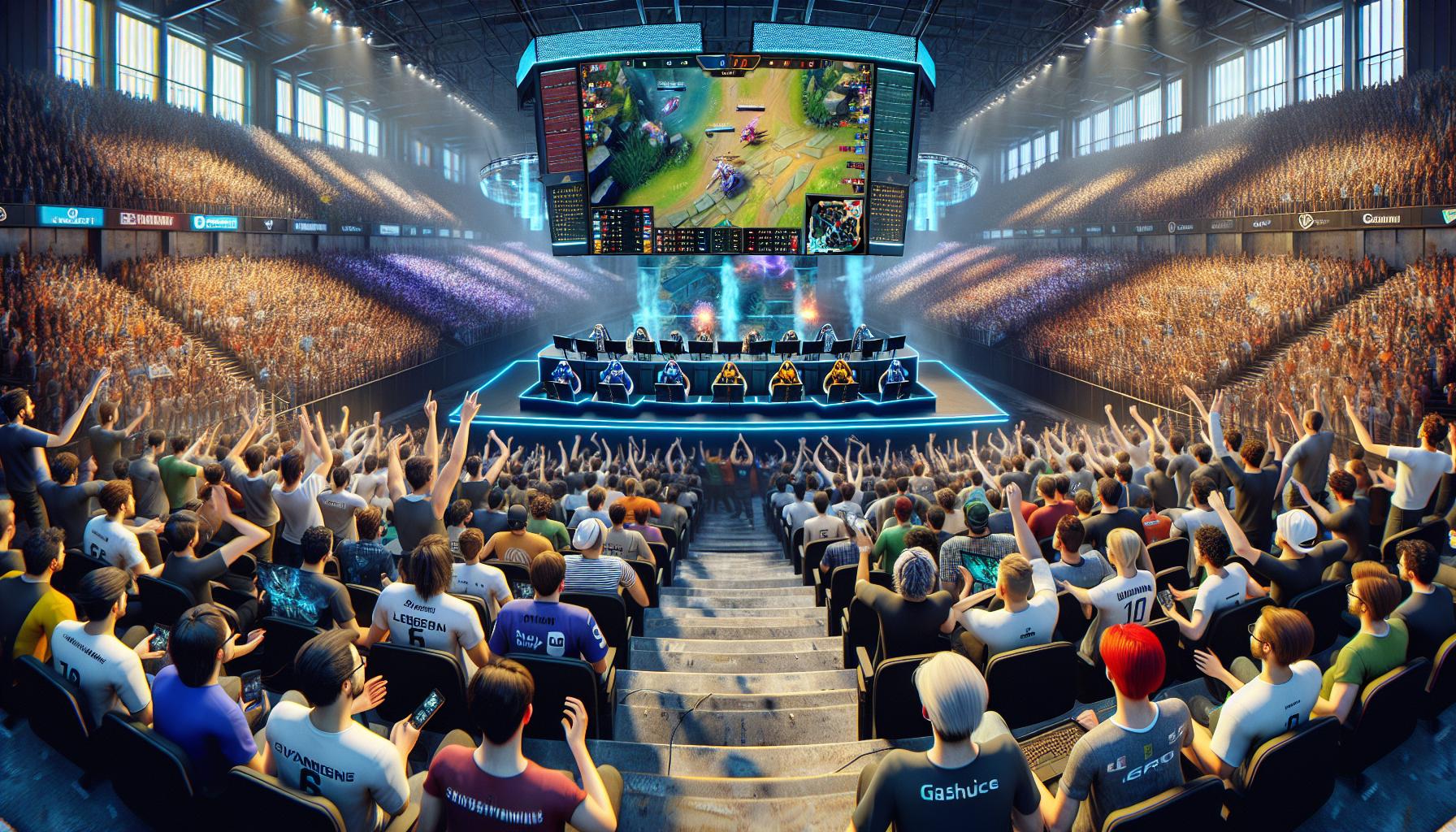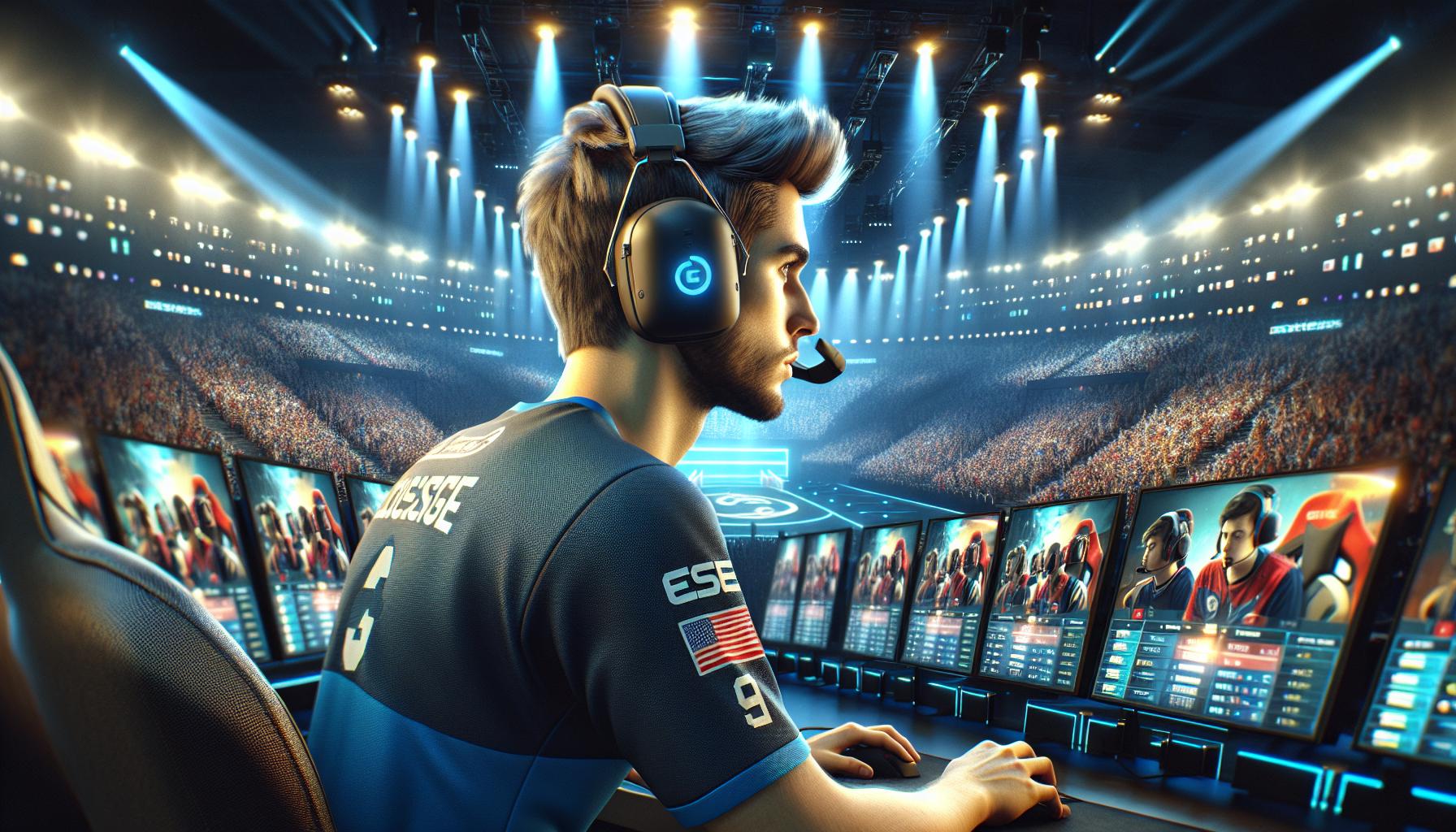Key Takeaways
- Evolution of the Scene: League of Legends esports has transformed into a major competitive platform, characterized by strategic depth and teamwork, with notable tournaments like the World Championship and MSI at its core.
- Role of Match History: Analyzing match history is crucial for teams and fans, offering insights into trends, team dynamics, and player development, which inform future strategies and enhance competitive understanding.
- Impact on Team Performance: Historical performance data directly influences team strategies and allows for the evaluation of win rates, champion effectiveness, and adaptation to the evolving meta.
- Fan Engagement: Easy access to match statistics fosters deeper fan engagement and discussion, enabling fans to connect with teams and players on a more personal level.
- Significant Matches: Iconic matches, such as the World Championship finals and memorable rivalries, have shaped the narrative of League of Legends esports, serving as learning moments and showcasing strategic excellence.
- Performance Metrics: Key performance metrics, including win rates and player statistics, provide valuable insights into team effectiveness and individual contributions, guiding teams in improving their competitive strategies.
The world of League of Legends esports has evolved into a vibrant arena where strategy, skill, and teamwork collide. Over the years, countless matches have shaped the competitive landscape, creating unforgettable moments that fans cherish. From nail-biting finishes to shocking upsets, each game contributes to a rich tapestry of history that continues to captivate audiences worldwide.
As the scene grows, understanding the match history becomes essential for fans and analysts alike. It reveals trends in team performance, player evolution, and the ever-changing meta. This journey through the annals of League of Legends esports not only highlights the triumphs and failures of teams but also showcases the passion that drives both players and fans. Dive into the captivating history of these epic battles and discover what makes League of Legends a cornerstone of esports culture.
Lol Esports Match History
League of Legends (LoL) esports emerged as a leading force in competitive gaming, combining strategic depth with dynamic gameplay. The League of Legends Championship Series (LCS) and League of Legends Pro League (LPL) serve as premier examples of organized competitions, showcasing elite teams and players. Through these tournaments, teams engage in best-of-three or best-of-five matches, where skill and coordination become paramount.
Match history plays a crucial role in strategic analysis, reflecting team strengths, weaknesses, and trends in play. Teams analyze historical data to adapt their strategies and rosters accordingly, enhancing their performance over seasons. Notable events, such as the World Championship, highlight unforgettable moments that resonate with fans. High-stakes matches, upsets, and passionate rivalries contribute to a vibrant narrative within the esports community.
Esports infrastructure, including coaching staff and technological advancements, influences the competitive scene in League of Legends. Performance metrics from past matches provide insight into player development and meta shifts. Understanding historic rivalries and landmark matches enriches the appreciation of ongoing contests, connecting past performance to current strategies.
The overview of LoL esports illustrates how it thrives on the intersection of teamwork, strategy, and competitive spirit. The evolution of match history fosters a deeper understanding of the ever-changing landscape, reinforcing the dedication of players and their impact on the esports culture.
Importance of Match History

Match history plays a critical role in shaping the competitive landscape of League of Legends esports. Analyzing past performances influences team strategies, player growth, and the overall meta.
Impact on Team Performance
Match history directly influences team performance metrics. It enables coaches and analysts to evaluate win rates across different champions and strategies. For example, by reviewing historical data, teams can identify patterns in their playstyles, allowing them to refine their approaches based on successful tactics. Teams with extensive match records tend to adapt quickly to evolving strategies, optimizing their performance for future events.
Fan Engagement and Analytics
Fan engagement significantly benefits from accessible match history statistics. Fans analyze historical data to gauge team performance and player evolution, enhancing their understanding of the competitive scene. For instance, platforms that showcase game analytics allow fans to track individual player statistics, enabling deeper discussions about player contributions. This transparency fosters a more passionate fanbase, as understanding match history connects fans to their favorite teams and players on a more profound level.
Key Events in LOL Esports Match History

Key events in League of Legends esports match history highlight significant moments that have shaped the competitive scene. These events include major tournaments and unforgettable matches that showcase the skill and dedication of teams.
Major Tournaments
Major tournaments serve as the backbone of LOL esports. The League of Legends World Championship, held annually, attracts millions of viewers and features top teams from around the globe. The Mid-Season Invitational (MSI) pits the best teams from various leagues against each other, providing critical insight into the emerging meta and competitive strategies. Regional competitions like the League of Legends Championship Series (LCS) and League of Legends Pro League (LPL) also play a vital role, carving out the path for teams to qualify for international events.
| Tournament | Year Launched | Notable Features |
|---|---|---|
| League of Legends World Championship | 2011 | Largest prize pool, annual event |
| Mid-Season Invitational (MSI) | 2015 | Best teams from different regions compete |
| League of Legends Championship Series (LCS) | 2013 | North America’s premier league |
| League of Legends Pro League (LPL) | 2013 | Premier league for China’s top teams |
Memorable Matches
Memorable matches showcase the intensity and drama of competitive gameplay. Historic confrontations, like the 2013 World Championship final between SK Telecom T1 and Samsung White, changed perceptions of strategic depth within the game. The nail-biting 2016 match between ROX Tigers and SK Telecom T1 in the semifinals is remembered for its high stakes and incredible plays. Such matches not only contribute to the storyline of the esports community but also serve as learning moments for teams, influencing strategies for future competitions.
| Match | Date | Key Highlights |
|---|---|---|
| SK Telecom T1 vs. Samsung White | 2013-10-04 | Showcased SKT’s dominance, crowned champions |
| ROX Tigers vs. SK Telecom T1 | 2016-10-13 | Epic five-game series, strategic masterclass |
| G2 Esports vs. Fnatic | 2019-05-18 | Thrilling battle for EU supremacy |
These events and matches underscore the evolution of League of Legends esports and enrich the narrative of competitive gaming.
Analyzing Match Statistics

Analyzing match statistics reveals important insights into team dynamics, competitive strategies, and player performance. Understanding these metrics helps teams refine their approaches and engage fans in meaningful ways.
Win Rates and Trends
Win rates serve as a fundamental metric in evaluating team effectiveness in League of Legends esports. These rates indicate how often a team secures victories over a specified number of matches, providing clear insights on consistency and competitive standing. Trends in win rates reflect shifts in team strategies, player rosters, and meta evolutions.
Top-performing teams often maintain a win rate of 60% or higher during high-stakes tournaments, showcasing their ability to navigate challenging matches successfully. Analysts can pinpoint periods of sustained success or slumps by tracking win rate fluctuations across seasons, enabling teams to identify when critical adjustments are necessary.
Player Performance Metrics
Player performance metrics evaluate individual contributions to overall team success within esports matches. Key metrics include KDA (Kills/Deaths/Assists), CS (Creep Score), and gold per minute, which quantify a player’s impact on the game.
KDA expresses a player’s combat effectiveness, with a KDA above 3.0 often signifying strong performance. CS reflects a player’s efficiency in farming and securing resources, while maintaining an average CS of 7-10 per minute indicates proficient lane control.
Moreover, advanced analytics such as damage per minute and participation rates give deeper insights into player roles during matches. Coaches use these metrics to assess training needs, tailor strategies, and make informed decisions regarding substitutions or roster changes.
League of Legends Esports Match
The journey through League of Legends esports match history reveals a vibrant tapestry of competition and growth. Each match tells a story of strategy and skill that shapes the future of the game. As teams adapt to evolving metas and refine their tactics through historical insights, the competitive landscape continues to thrive.
Fans play a crucial role in this narrative as they engage with the statistics and memorable moments that define the sport. By understanding match history, they not only deepen their appreciation for the game but also connect with the players and teams they support. This ongoing evolution underscores the significance of match history in both enhancing gameplay and fostering a passionate community around League of Legends esports.